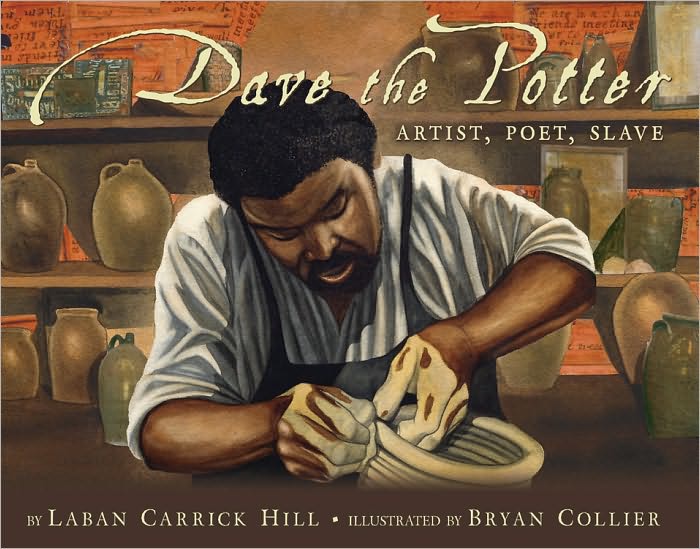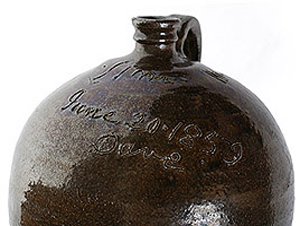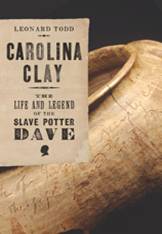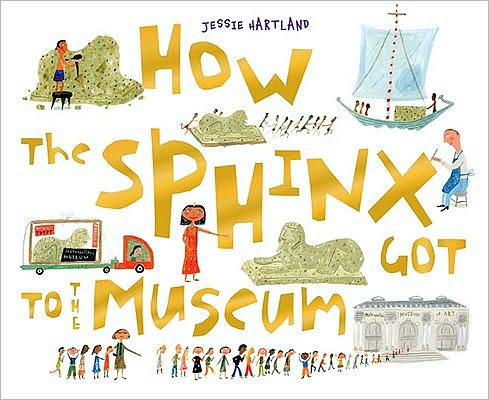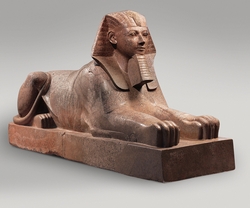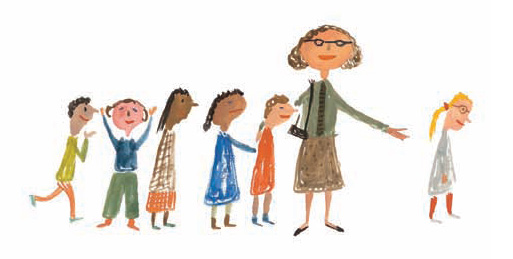 Children's book author and illustrator Steve Jenkins sets the standard for cut paper collage illustration in every one of his books (What Do You Do With a Tail Like This?, made in collaboration with Robin Page, won a Caldecott Honor in 2004). His newest nonfiction book is Bones: Skeletons and How They Work (Scholastic, 2010). You might think that bones, being mostly white, would be less interesting visually than the range of fins, fur, and feathers rendered in the rest of Jenkins's books about the animal kingdom (I might have, anyway); on the contrary, Bones is Jenkins at his best.
Children's book author and illustrator Steve Jenkins sets the standard for cut paper collage illustration in every one of his books (What Do You Do With a Tail Like This?, made in collaboration with Robin Page, won a Caldecott Honor in 2004). His newest nonfiction book is Bones: Skeletons and How They Work (Scholastic, 2010). You might think that bones, being mostly white, would be less interesting visually than the range of fins, fur, and feathers rendered in the rest of Jenkins's books about the animal kingdom (I might have, anyway); on the contrary, Bones is Jenkins at his best.
The bones themselves, cut from a limited palette of mottled creams and grays, glow against the solid background colors, but the best part is the arrangement of bones on the page, to inviting, eye-opening, often humorous effect (the gatefolded human skeleton waving at you is just one example). Jenkins's background in graphic design really shows here. Witty headings and compact text plus a More About Bones section at the back round out the book.
Bonus: Add up the number of bones in the human body as you read; you should end up with Jenkins's total (which would be...?).
[Nonfiction Monday is at Mother Reader today. Thanks, Pam!]
